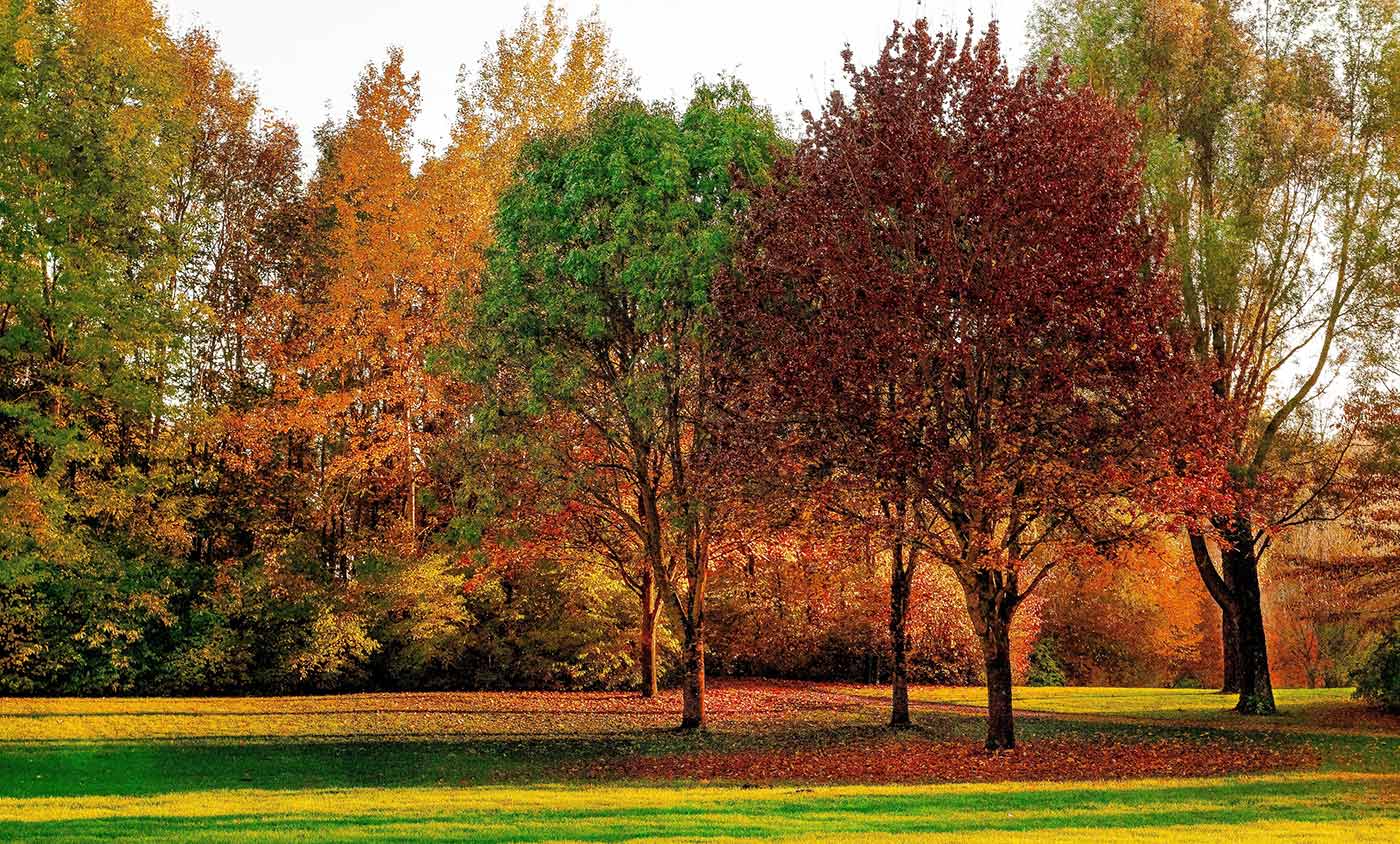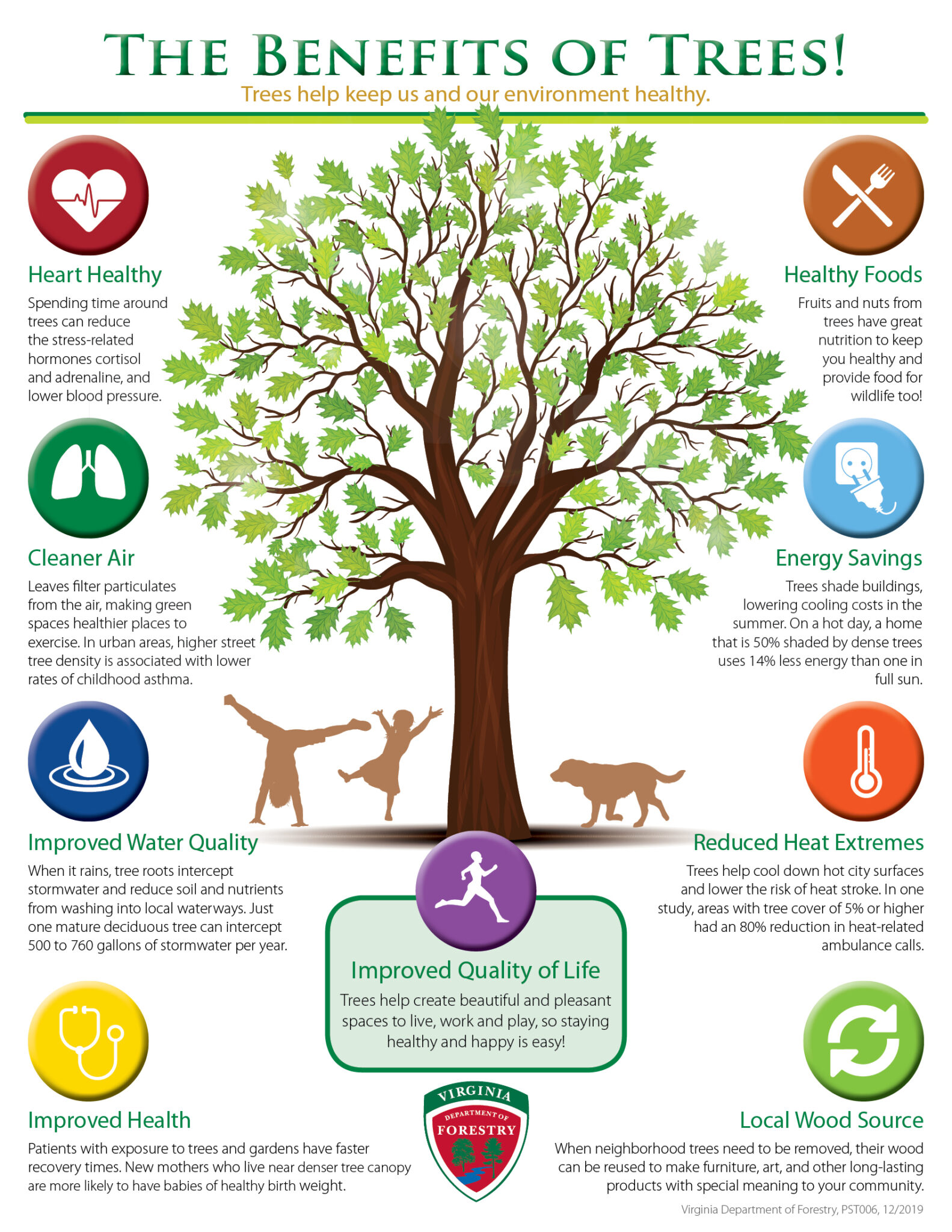Why Tree Selection Matters for Homeowners
When it comes to landscaping your home, selecting the right trees is crucial for both aesthetic and practical reasons. Trees that are safe to plant near your house can enhance your property’s value, provide shade, and create a beautiful outdoor space. However, planting trees that are too large or have invasive roots can lead to costly problems, such as damage to your home’s foundation, pipes, or other structures.
In fact, according to the Arbor Day Foundation, a single mature tree can increase property value by up to 10%. On the other hand, a tree with invasive roots can cause thousands of dollars in damage to your home’s foundation, walls, and plumbing system. Therefore, it’s essential to choose trees that are well-suited to your climate, soil type, and available space.
Some of the potential risks associated with planting trees that are too large or have invasive roots include: roots growing into your home’s foundation, causing cracks and damage; branches rubbing against your home’s walls, causing wear and tear; and leaves clogging your gutters, leading to water damage. By selecting trees that are safe to plant near your house, you can avoid these problems and enjoy the many benefits that trees have to offer.
In addition to the potential risks, choosing the right trees can also provide numerous benefits, including improved air quality, increased energy efficiency, and enhanced curb appeal. Trees can also provide a natural barrier against wind, noise, and extreme temperatures, creating a more comfortable and peaceful outdoor space.
By taking the time to select trees that are safe to plant near your house, you can create a beautiful and functional outdoor space that enhances your property’s value and provides numerous benefits for years to come.
Factors to Consider When Selecting Trees for Your Yard
When selecting trees for your yard, there are several key factors to consider to ensure that you choose trees that are safe to plant near your house and will thrive in your environment. One of the most important factors is climate. Different tree species have different climate requirements, so it’s essential to choose trees that are well-suited to your local climate.
Soil type is another critical factor to consider. Trees have different soil requirements, and some trees may not tolerate certain types of soil. For example, some trees prefer well-draining soil, while others prefer moist soil. By assessing your yard’s soil type, you can choose trees that will thrive in your environment.
Available space is also a crucial factor to consider. Trees come in a range of sizes, from small dwarf varieties to large shade trees. By assessing the available space in your yard, you can choose trees that will fit comfortably and won’t overcrowd your yard.
Desired level of maintenance is another factor to consider. Some trees require regular pruning, watering, and fertilization, while others are more low-maintenance. By considering your desired level of maintenance, you can choose trees that fit your lifestyle and will provide the benefits you’re looking for.
Other factors to consider when selecting trees for your yard include sunlight, wind direction, and soil pH. By taking the time to assess your yard’s conditions and choose trees that are well-suited to your environment, you can create a beautiful and functional outdoor space that enhances your property’s value and provides numerous benefits for years to come.
Some popular tree species that are safe to plant near your house and can thrive in a variety of environments include Dogwood, Redbud, and Japanese Maple. These trees are known for their beautiful flowers, stunning foliage, and compact growth habits, making them ideal for small to medium-sized yards.
By considering these factors and choosing trees that are well-suited to your environment, you can create a beautiful and safe outdoor space that provides numerous benefits for years to come.
Top Tree Species That Are Safe to Plant Near Your House
When it comes to choosing trees that are safe to plant near your house, there are several species that stand out for their compact growth habits, non-invasive roots, and low-maintenance requirements. Here are some of the top tree species that are safe to plant near your house:
Dogwood (Cornus florida) – This deciduous tree is known for its stunning flowers, attractive bark, and compact growth habit. It grows up to 20-30 feet tall and has a spread of 15-20 feet, making it an ideal choice for small to medium-sized yards.
Redbud (Cercis canadensis) – This deciduous tree is a popular choice for its vibrant pink flowers, heart-shaped leaves, and compact growth habit. It grows up to 20-30 feet tall and has a spread of 15-20 feet, making it a great option for small to medium-sized yards.
Japanese Maple (Acer palmatum) – This deciduous tree is known for its stunning foliage, compact growth habit, and low-maintenance requirements. It grows up to 15-25 feet tall and has a spread of 10-15 feet, making it an ideal choice for small yards or containers.
Other tree species that are safe to plant near your house include the Crape Myrtle (Lagerstroemia indica), the Flowering Pear (Pyrus calleryana), and the Sweetbay Magnolia (Magnolia virginiana). These trees are all known for their compact growth habits, non-invasive roots, and low-maintenance requirements, making them great options for homeowners who want to add some beauty and shade to their yard without compromising safety.
When selecting trees that are safe to plant near your house, be sure to consider factors such as mature size, growth rate, and root depth. By choosing trees that are well-suited to your climate, soil type, and available space, you can create a beautiful and safe outdoor space that provides numerous benefits for years to come.
How to Plant Trees Near Your House Without Causing Damage
Planting trees near your house can be a great way to enhance your property’s value, improve air quality, and create a beautiful outdoor space. However, if not done properly, it can also cause damage to your home’s foundation, pipes, or other structures. Here’s a step-by-step guide on how to plant trees near your house without causing damage:
Step 1: Choose the Right Location – Before planting a tree, make sure to choose a location that is far enough away from your house to avoid any potential damage. A general rule of thumb is to plant trees at least 10-15 feet away from your home’s foundation.
Step 2: Prepare the Soil – Before planting, prepare the soil by loosening it to a depth of 12-18 inches. This will help to prevent the tree’s roots from growing too close to your home’s foundation.
Step 3: Dig the Right Hole – Dig a hole that is twice as wide and just as deep as the tree’s root ball. This will give the tree’s roots enough room to grow without causing damage to your home’s foundation.
Step 4: Plant the Tree – Plant the tree in the hole, making sure to handle the roots with care. Fill the hole with soil, tamping it down gently as you go to prevent air pockets.
Step 5: Water Properly – Water the tree regularly, especially during its first year of growth. However, make sure not to overwater, as this can cause the tree’s roots to grow too quickly and potentially cause damage to your home’s foundation.
By following these steps, you can plant trees near your house without causing damage to your home’s foundation, pipes, or other structures. Remember to always choose trees that are safe to plant near your house, such as those with non-invasive roots and compact growth habits.
Some popular trees that are safe to plant near your house include the Dogwood, Redbud, and Japanese Maple. These trees are known for their beautiful flowers, stunning foliage, and compact growth habits, making them ideal for small to medium-sized yards.
Common Mistakes to Avoid When Planting Trees Near Your House
When planting trees near your house, it’s essential to avoid common mistakes that can lead to costly problems down the line. Here are some of the most common mistakes to avoid:
Planting Trees That Are Too Large – Planting trees that are too large for your yard can lead to a range of problems, including damage to your home’s foundation, pipes, and other structures. Make sure to choose trees that are well-suited to your yard’s size and climate.
Not Leaving Enough Space Between Trees and Your Home – Not leaving enough space between trees and your home can lead to a range of problems, including damage to your home’s siding, windows, and doors. Make sure to leave at least 10-15 feet of space between trees and your home.
Not Considering the Tree’s Mature Size – Not considering the tree’s mature size can lead to a range of problems, including damage to your home’s foundation, pipes, and other structures. Make sure to choose trees that will not grow too large for your yard.
Planting Trees in Poor Soil – Planting trees in poor soil can lead to a range of problems, including poor tree health and increased maintenance costs. Make sure to choose trees that are well-suited to your yard’s soil type and climate.
Not Watering Properly – Not watering properly can lead to a range of problems, including poor tree health and increased maintenance costs. Make sure to water your trees regularly, especially during their first year of growth.
By avoiding these common mistakes, you can ensure that your trees are safe, healthy, and beneficial to your property. Remember to always choose trees that are safe to plant near your house, such as those with non-invasive roots and compact growth habits.
Some popular trees that are safe to plant near your house include the Dogwood, Redbud, and Japanese Maple. These trees are known for their beautiful flowers, stunning foliage, and compact growth habits, making them ideal for small to medium-sized yards.
The Benefits of Planting Trees Near Your House
Planting trees near your house can have a significant impact on your property’s value, air quality, and overall aesthetic appeal. Here are some of the benefits of planting trees near your house:
Increased Property Value – Trees can increase your property’s value by up to 10%, according to the National Association of Realtors. This is because trees provide shade, beauty, and a sense of tranquility that can make your property more desirable to potential buyers.
Improved Air Quality – Trees absorb carbon dioxide and produce oxygen, which can improve the air quality around your home. This can be especially beneficial for people with respiratory problems or other health issues.
Enhanced Curb Appeal – Trees can add beauty and character to your home’s exterior, making it more attractive to potential buyers and improving its overall curb appeal.
Reduced Energy Costs – Trees can provide shade and reduce the amount of direct sunlight that enters your home, which can lower your energy costs and reduce your carbon footprint.
Increased Wildlife Habitat – Trees can provide a habitat for local wildlife, such as birds, squirrels, and other small animals.
According to the Arbor Day Foundation, trees can also help to reduce noise pollution, improve soil quality, and even reduce crime rates. By planting trees near your house, you can enjoy these benefits and more.
Some popular trees that are safe to plant near your house include the Dogwood, Redbud, and Japanese Maple. These trees are known for their beautiful flowers, stunning foliage, and compact growth habits, making them ideal for small to medium-sized yards.
By choosing the right trees for your home’s landscape, you can enjoy the many benefits of urban tree planting and create a beautiful and safe outdoor space that you can enjoy for years to come.
Tree Maintenance Tips to Keep Your Trees Healthy and Safe
Regular tree maintenance is essential to keep your trees healthy and safe. Here are some tips to help you maintain your trees:
Regular Pruning – Prune your trees regularly to remove dead or diseased branches, promote healthy growth, and maintain their shape. Pruning can also help to reduce the risk of branch failure and property damage.
Watering – Water your trees regularly, especially during their first year of growth. However, make sure not to overwater, as this can cause root rot and other problems.
Fertilization – Fertilize your trees regularly to provide them with the nutrients they need to grow and thrive. However, make sure to use a balanced fertilizer and follow the instructions carefully to avoid overfertilization.
Pest and Disease Management – Regularly inspect your trees for signs of pests or diseases, and take action promptly if you notice any problems. This can help to prevent the spread of disease and reduce the risk of pest infestations.
Soil Care – Take care of the soil around your trees by adding organic matter such as compost or mulch. This can help to improve soil health, reduce soil compaction, and promote healthy root growth.
By following these tree maintenance tips, you can help to keep your trees healthy and safe, and ensure that they continue to provide benefits for years to come.
Some popular trees that are safe to plant near your house include the Dogwood, Redbud, and Japanese Maple. These trees are known for their beautiful flowers, stunning foliage, and compact growth habits, making them ideal for small to medium-sized yards.
By choosing the right trees for your home’s landscape and following these tree maintenance tips, you can create a beautiful and safe outdoor space that you can enjoy for years to come.
Conclusion: Choosing the Right Trees for a Safe and Beautiful Landscape
Choosing the right trees for your home’s landscape is a crucial decision that can have a significant impact on your property’s value, safety, and aesthetic appeal. By considering the factors discussed in this article, you can make an informed decision and select trees that are safe, low-maintenance, and beneficial to your property.
Remember to consider the climate, soil type, available space, and desired level of maintenance when selecting trees for your yard. Also, be sure to choose trees that are well-suited to your environment and will not cause damage to your home’s foundation, pipes, or other structures.
By following the tips and guidelines outlined in this article, you can create a beautiful and safe outdoor space that you can enjoy for years to come. Whether you’re looking to increase your property value, improve air quality, or simply enhance your home’s curb appeal, planting trees near your house can be a great way to achieve your goals.
So, take the time to research and select the right trees for your home’s landscape. With a little planning and effort, you can create a beautiful and safe outdoor space that will provide benefits for years to come.
Some popular trees that are safe to plant near your house include the Dogwood, Redbud, and Japanese Maple. These trees are known for their beautiful flowers, stunning foliage, and compact growth habits, making them ideal for small to medium-sized yards.
By choosing the right trees for your home’s landscape, you can create a beautiful and safe outdoor space that will provide benefits for years to come.








